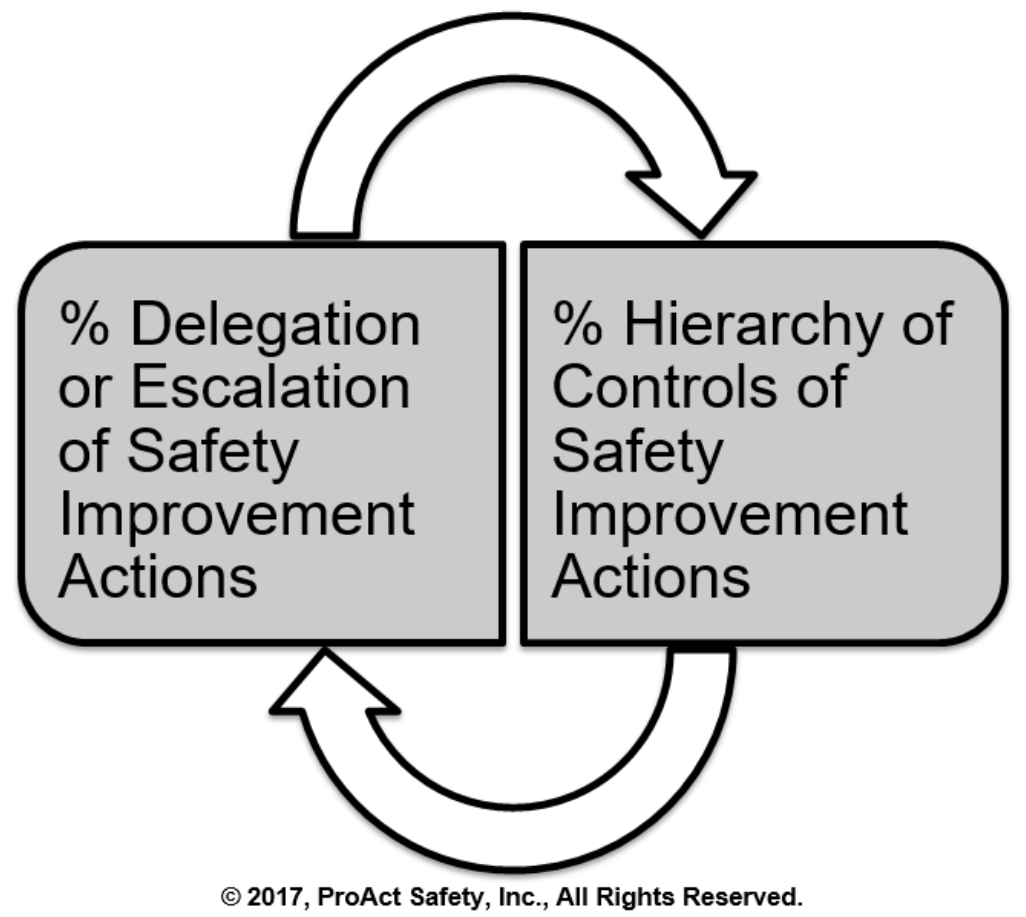Occupational Health & Safetey - May 2017
By: Shawn M. Galloway
Printable Version
How aligned are the actions, priorities and values within your business? Are you measuring who truly owns safety or how well incident responses are eliminating hazards and risks? In some companies who tout safety as the most important overarching value, employees see safety as outsourced to the safety department while operations discusses safety as a priority that follows production, on-time delivery and quality. In these organizations, employees are led to believe that safety is working to engineer out risks, yet are provided more personal protective equipment (PPE) or new policies and procedures following an injury. Where is the behavioral integrity (BI)?
BI exists within organizations when there is alignment and reinforcement between the observed communications and actions. Managers feel the lack of BI when unions state their support of safety, yet obstruct any new attempt or program to improve it. Employees feel the lack of BI when safety is stated as most important, but is not reinforced in leaders' actions following an injury or incident. Where there is no BI, trust, relationships and maturing the culture all suffer. Progress will be at a standstill. To be fair, people do things for a reason and often there are good reasons for resistance to change or placing attention away from where it matters most. Even though there are often good intentions, that is not what people remember. Stephen R. Covey reminded us, "We judge ourselves by our intentions and others by their actions." Ralph Waldo Emerson also humorously advised, "What you do speaks so loudly, I can't hear what you're saying." We all may have good intentions, but the reality is that how we spend our time and what we do with it is what matters most to others.
So who truly owns safety in your organization? Is it safety personnel, employees or unions, operational leaders or the executive team? Is safety working proactively and reactively to engineer out the risks or just creating more paperwork and PPE requirements? What data supports your responses to these questions?
During client engagements with organizations mature in their safety systems and culture, answers are readily available. Others realize that many people tend to trust data and have a very low opinion of opinions, and begin to set out to collect this information with the goal of helping others recognize the importance of improving BI. Doing so, they know it is not only the right thing to do, but it also makes business sense. To operationalize safety ownership and ensure the focus is more on engineering out hazards and risks, here are two metrics to consider for your safety measurement system or scorecard. Consider the responses both in proactive, preventative efforts and reactive efforts following an injury, accident or incident.

What percentage of safety improvement action items (proactive or following an incident) are delegated or escalated to: safety staff, safety team, operations supervisors, site or group management, or executives? Who is assigned what? To look at ownership, or to answer the question "Who owns safety?" look at the actions and who is accountable for improving both performance and culture. While certainly there will be some programs and technical insights needed from subject-matter experts, what are the existing or modified safety roles, responsibilities and results (Safety RRRs)? Which new action plans involve what levels of the organization? While you might not be looking for an equal ratio of ownership at all levels, the ratio you find will often be insightful.
What percentage of action items are placed into which step of the hierarchy of controls: elimination, substitution, engineering controls, administrative controls, or PPE? We know eliminating hazards is the most effective way to control them, and assigning more PPE is the least effective. When hazards and risks are identified proactively (e.g., through observations, audits, inspections, suggestion forms), or when an incident occurs, which control is leveraged or mostly used in the improvement or corrective actions that follow? Ideally every company would work to eliminate risks from their environment, but we know this is not always possible due to capital or time constraints, or we just haven't figured out how to address it yet.
Never forget, when we say, "Safety first; Safety is our most important priority or value; Safety is everyone's responsibility," people will be watching for the actions that reinforce or refute this. Behavioral integrity will either be demonstrated or dissolved. Rather than forming an opinion of where your organization stands in this regard, go collect some data. Your strategy will be better focused and your culture will respond accordingly.

Shawn Galloway, CEO of ProAct Safety, is an expert in safety excellence. With almost thirty years of experience, he is a highly sought-after advisor, keynote speaker, and expert witness. Shawn has become a trusted partner to leading organizations across various industries worldwide. He ranks in the top 1% of the most prolific writers in his field, having authored over 500 articles and several bestselling books. He also launched the world's first safety podcast, Safety Culture Excellence©. As a recognized authority in safety, Shawn has received awards such as being named among the Top 50 People Who Most Influence EHS and a Top 10 Speaker, among others.
He is a regular guest on Bloomberg, Fox News, The Daily Mail, Dubai One, U.S. News & World Report, Sirius Business Radio, Wharton Business Daily, and leading safety magazines and podcasts. Shawn also serves as a member of the Harvard Business Review Advisory Council, Forbes Business Council, and Fast Company Executive Board, enabling his influence to shape safety thinking and strategy at the executive level.
